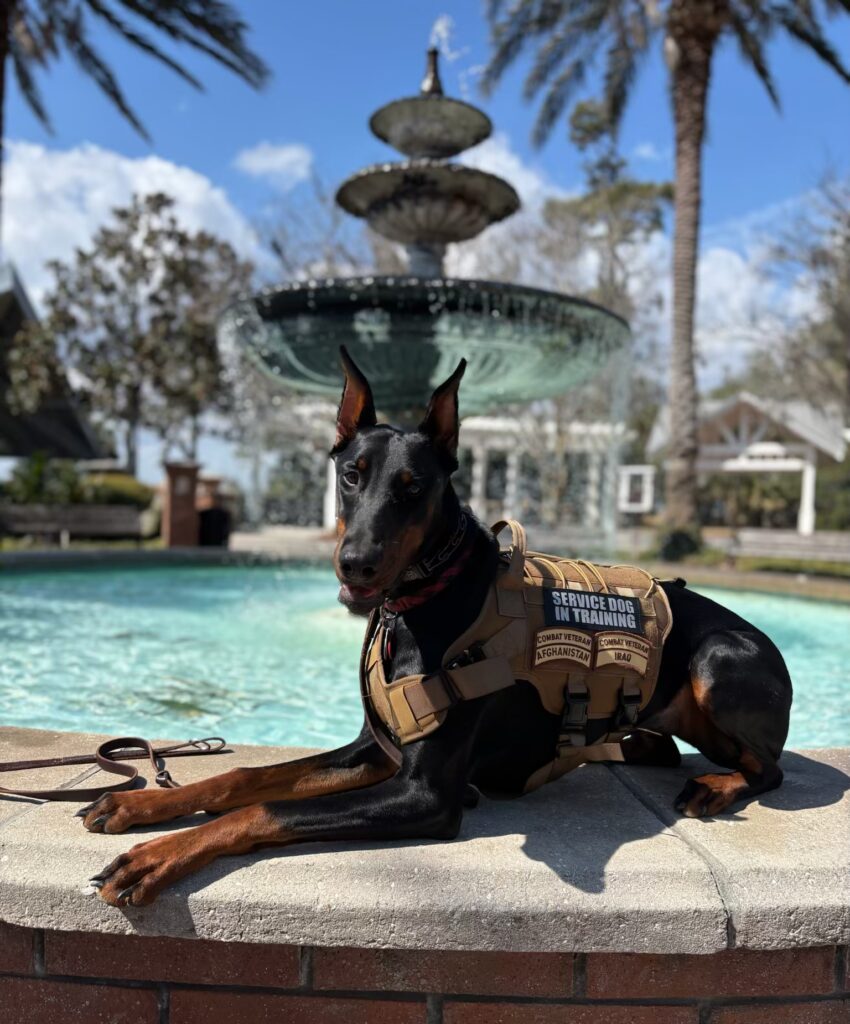Understanding the Causes of Heat Stroke in Dogs
As temperatures climb, our canine companions become more vulnerable to the dangers of heat stroke—a serious and potentially life-threatening condition. At FORTIS Canine LLC, we believe awareness and prevention are key to keeping your dog safe all summer long. Here’s what every dog owner needs to know about the causes of heat stroke in dogs.
What Is Heat Stroke in Dogs?
Heat stroke, or hyperthermia, occurs when a dog’s body temperature rises to a dangerous level, usually above 104°F (40°C). For reference, the normal body temperature for dogs is about 101°F (38.3°C). When a dog’s temperature hits 106°F (41°C) or higher, internal organs can begin to break down, leading to life-threatening complications. Unlike humans, dogs primarily cool themselves by panting, making them more susceptible to overheating.
Common Causes of Heat Stroke in Dogs
- High Temperatures
The most common cause is exposure to hot weather, especially during peak hours. Dogs can quickly overheat if left outside without shade or water, or when exercising in high heat. - Poor Ventilation
Environments with little air circulation—such as closed vehicles or kennels—can become dangerously hot in a short amount of time. Never leave your dog in a parked car, even for a few minutes. - Excessive Exercise
Strenuous activity like running, playing, or hiking during warm weather can overwhelm a dog’s cooling system. Short-nosed breeds (like Bulldogs and Pugs) and overweight dogs are especially at risk. - Lack of Water
Adequate hydration helps dogs regulate their body temperature. Without access to fresh, cool water, dogs are more prone to overheating. - Thick or Dark Coats
Dogs with thick, long, or dark-colored coats absorb more heat from the sun and are more susceptible to heat stroke. - Pre-existing Medical Conditions
Dogs with breathing difficulties, heart problems, or other health concerns can overheat more easily than healthy dogs.
Prevention is Key!
Always provide plenty of cool water and shade, avoid excessive activity during the hottest parts of the day, and never leave your dog in a hot vehicle or poorly ventilated area. Pay close attention to high-risk breeds and monitor all dogs for early signs of heat stress—like heavy panting, lethargy, or drooling.
Understanding the causes gives you a head start on prevention, so you can enjoy a safe, healthy summer with your best friend!
Heat Stroke Prevention



Leave a Reply